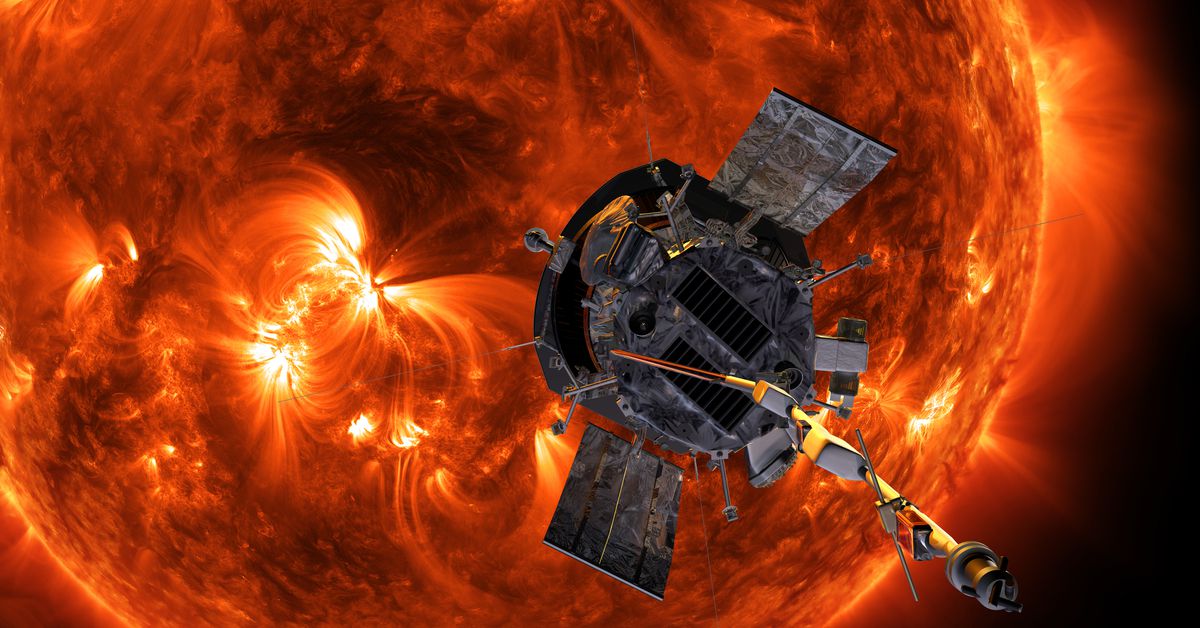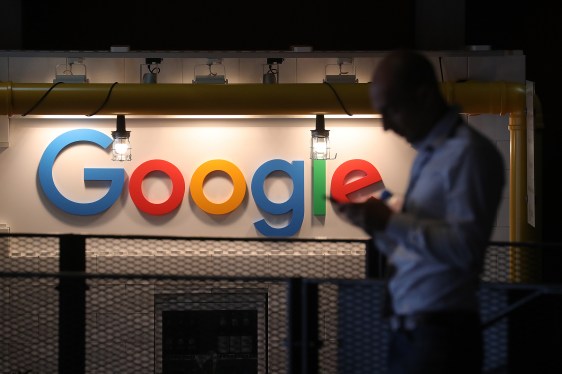On December 26th, NASA received confirmation that its Parker Solar Probe had successfully completed its historic flyby of the Sun. The spacecraft transmitted a signal back to Earth, indicating it was in good health and operating normally.
The Closest Approach Ever Made by a Human-Made Object
The Parker Solar Probe’s closest approach to the Sun occurred on December 24th at a staggering 3.8 million miles from its surface. This marks the closest any human-made object has ever gotten to the Sun, surpassing previous records held by NASA’s Helios 2 spacecraft.
Mission Overview
Launched in August 2018 by NASA and Johns Hopkins Applied Physics Laboratory, the Parker Solar Probe is designed to study the corona, the atmosphere surrounding the Sun. The mission aims to understand why the corona gets so hot, despite being much farther from the Sun’s surface than its visible surface.
The Close Flyby: A Record-Breaking Achievement
The Parker Solar Probe approached the Sun at an incredible 430,000 miles per hour, making it one of the fastest human-made objects in history. During this time, mission operations were out of contact with the probe, leaving scientists and engineers on edge.
Surviving the Extreme Heat
To survive these close encounters, the Parker Solar Probe is equipped with a Sun-facing heat shield that reaches temperatures of around 2,500 degrees Fahrenheit (1,370°C). Meanwhile, the probe itself remains at a relatively balmy temperature of just 85 degrees Fahrenheit (29°C).
Gathering Data: A Scientific Breakthrough
Now that NASA has confirmation of the mission’s success, it expects the Parker Solar Probe to send detailed telemetry data on its status on January 1st. This will provide scientists with invaluable insights into the Sun’s behavior, including:
- Solar Wind: The flow of charged particles emitted by the Sun, which can affect Earth’s magnetic field and upper atmosphere.
- Solar Heat: Understanding how the Sun’s energy is transferred to the corona, making it hotter than its visible surface.
- Energetic Particles: How these high-energy particles are accelerated to near light speed, affecting space weather and potentially impacting spacecraft.
The Significance of This Mission
The Parker Solar Probe’s historic flyby marks a major milestone in our understanding of the Sun and its behavior. By studying the corona up close, scientists hope to gain insights into the fundamental processes that drive our star’s activity.
A Continuing Legacy: The Parker Solar Probe’s Ongoing Journey
The Parker Solar Probe will continue to study the Sun over the next several years, conducting multiple close flybys and sending back valuable data to help scientists better understand the solar system. With this mission, NASA takes another step forward in its quest for knowledge about our celestial neighborhood.
Timeline of Events
- December 20th: The Parker Solar Probe launches from Cape Canaveral Air Force Station in Florida.
- December 24th: The probe’s closest approach to the Sun occurs at a distance of 3.8 million miles (6.1 million kilometers).
- December 26th: NASA receives confirmation that the probe has successfully completed its flyby and is transmitting data back to Earth.
- January 1st: The Parker Solar Probe is expected to send detailed telemetry data on its status.
Conclusion
The successful completion of the Parker Solar Probe’s historic flyby marks a significant achievement for NASA and the scientific community. By studying the Sun in unprecedented detail, scientists hope to gain insights into fundamental processes that drive our star’s activity. The mission’s findings will continue to shape our understanding of the solar system and inspire new generations of scientists and explorers.




